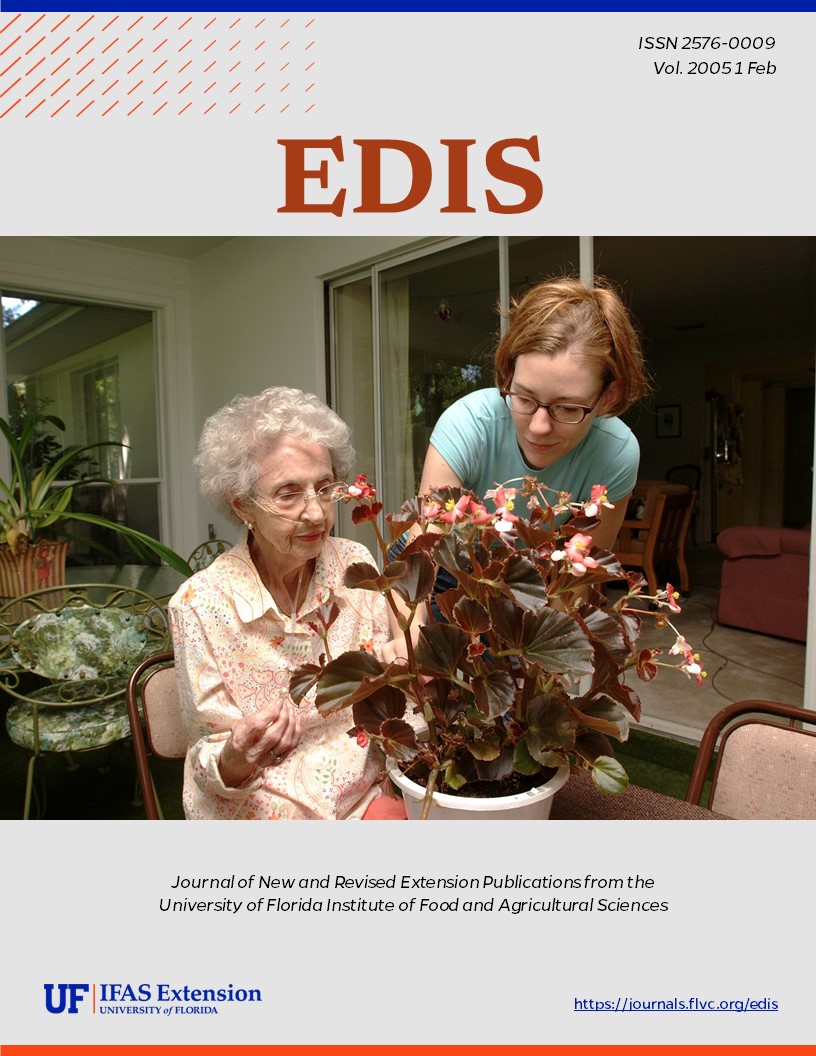Abstract
The tropical fowl mite, commonly found on birds, has become a pest to man in areas of high bird populations or where birds are allowed to roost on roofs, around the eaves of homes, and office buildings. Nesting birds are the worst offenders. After the birds abandon their nests, the mites move into the building through windows, doors, and vents and bite the occupants. The bite is irritating to man and some individuals react to the bite with prolonged itching and painful dermatitis. Several to many reports are received each year of mites invading homes. The mites are usually the tropical fowl mite found in the central and southern areas of the state. The northern fowl mite, Ornithonyssus sylviarum (Canestrini and Fanzago), a close relative, is also found in Florida. This document is EENY-297 (originally published as DPI Entomology Circular 299), one of a series of Featured Creatures from the Entomology and Nematology Department, Florida Cooperative Extension Service, Institute of Food and Agricultural Sciences, University of Florida. Published: July 2003.
References
Berlese A. 1882-1892. Acari, Myriapoda et Scorpiones hucusque in Italia reperta: Mesostigmata. Fusc. 52, No. 2, 143 pp. https://doi.org/10.5962/bhl.title.69269
Chamberlain RW, Sikes RK. 1955. Laboratory investigations on the role of bird mites in the transmission of eastern and western equine encephalitis. American Journal of Tropical Medicine and Hygiene 4: 106-1118. https://doi.org/10.4269/ajtmh.1955.4.106
Hirst S. 1916. On some new acarine parasites of rats. Bulletin of Entomological Research 6: 183-190. https://doi.org/10.1017/S0007485300044412
Sambon LW. 1928. The parasitic acarions of animals and the part they play in the causation of the eruptive fevers and other diseases of man. Preliminary considerations based upon an ecological study of typhus fever. Annals of Tropical Medical Parasitology 22: 67-132. https://doi.org/10.1080/00034983.1928.11684565
Unless otherwise specified, articles published in the EDIS journal after January 1, 2024 are licensed under a Creative Commons Attribution-NonCommercial-NoDerivs 4.0 International (CC BY-NC-ND 4.0) license.

